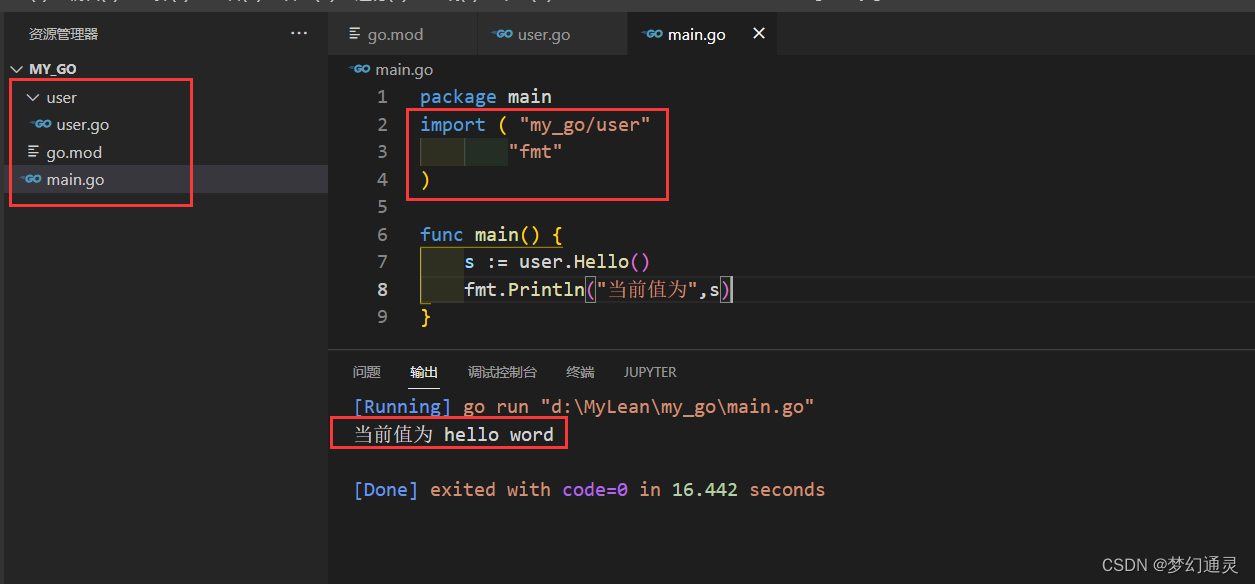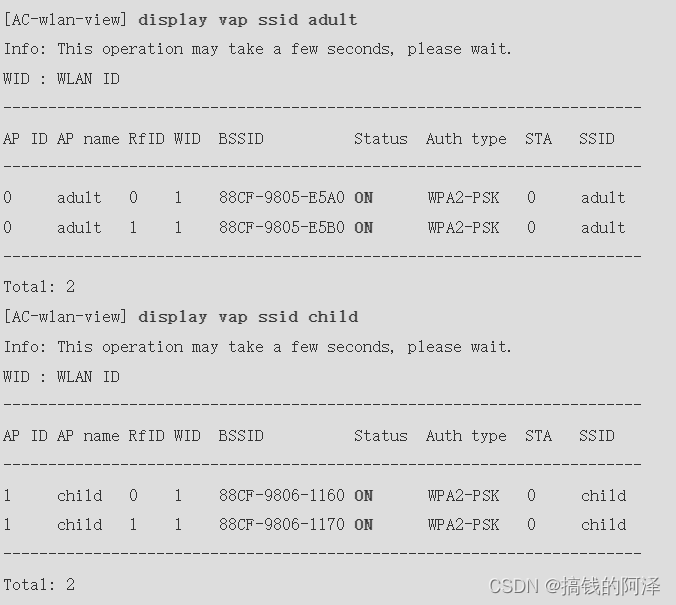目录
- 线程通信相关概述
- 提出问题
- 方式一:使用Object类的wait() 和 notify() 方法
- 方式二:Lock 接口中的 newContition() 方法返回 Condition 对象,Condition 类也可以实现等待/通知模式
- 方法三:使用 volatile 关键字
- 方法四:基本 LockSupport 实现线程间的阻塞和唤醒
- 方法五:使用JUC工具类 CountDownLatch
线程通信相关概述
线程间通信的模型有两种:共享内存和消息传递,下面介绍的都是围绕这两个来实现
提出问题
有两个线程A和B,B线程向一个集合里面依次添加元素“abc”字符串,一共添加10次,当添加到第五次的时候,希望线程A能够收到线程B的通知,然后B线程执行相关的业务操作
方式一:使用Object类的wait() 和 notify() 方法
-
Object类提供了线程间通信的方法:wait()、notify()、notifyAll(),它们是多线程通信的基础,而这种实现方式的思想自然是线程间通信。
线程A要等待某个条件满足时(list.size()==5),才执行操作。线程B则向list中添加元素,改变list 的size。 -
A,B之间如何通信的呢?也就是说,线程A如何知道 list.size() 已经为5了呢?
- 这里用到了Object类的 wait() 和 notify() 方法。
当条件未满足时(list.size() !=5),线程A调用wait() 放弃CPU,并进入阻塞状态。
当条件满足时,线程B调用 notify()通知 线程A,所谓通知线程A,就是唤醒线程A,并让它进入可运行状态。
这种方式的一个好处就是CPU的利用率提高了。
但是也有一些缺点:比如,线程B先执行,一下子添加了5个元素并调用了notify()发送了通知,而此时线程A还执行;当线程A执行并调用wait()时,那它永远就不可能被唤醒了。因为,线程B已经发了通知了,以后不再发通知了。这说明:通知过早,会打乱程序的执行逻辑。
public class TestSync {
public static void main(String[] args) {
//定义一个锁对象
Object lock = new Object();
List<String> list = new ArrayList<>();
// 线程A
Thread threadA = new Thread(() -> {
synchronized (lock) {
for (int i = 1; i <= 10; i++) {
list.add("abc");
System.out.println("线程A添加元素,此时list的size为:" + list.size());
try {
Thread.sleep(500);
} catch (InterruptedException e) {
e.printStackTrace();
}
if (list.size() == 5)
lock.notify();//唤醒B线程
}
}
});
//线程B
Thread threadB = new Thread(() -> {
while (true) {
synchronized (lock) {
if (list.size() != 5) {
try {
lock.wait();
} catch (InterruptedException e) {
e.printStackTrace();
}
}
System.out.println("线程B收到通知,开始执行自己的业务...");
}
}
});
//需要先启动线程B
threadB.start();
try {
Thread.sleep(1000);
} catch (InterruptedException e) {
e.printStackTrace();
}
//再启动线程A
threadA.start();
}
}
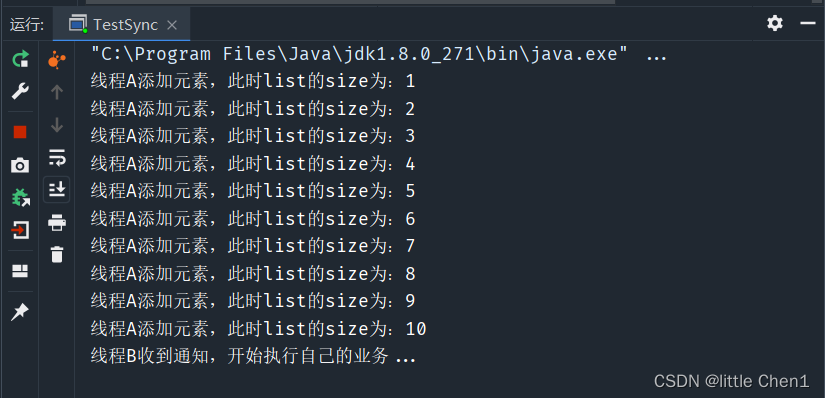
方式二:Lock 接口中的 newContition() 方法返回 Condition 对象,Condition 类也可以实现等待/通知模式
public class TestSync {
public static void main(String[] args) {
ReentrantLock lock = new ReentrantLock();
Condition condition = lock.newCondition();
List<String> list = new ArrayList<>();
//线程A
Thread threadA = new Thread(() -> {
lock.lock();
for (int i = 1; i <= 10; i++) {
list.add("abc");
System.out.println("线程A添加元素,此时list的size为:" + list.size());
try {
Thread.sleep(500);
} catch (InterruptedException e) {
e.printStackTrace();
}
if (list.size() == 5)
condition.signal();
}
lock.unlock();
});
//线程B
Thread threadB = new Thread(() -> {
lock.lock();
if (list.size() != 5) {
try {
condition.await();
} catch (InterruptedException e) {
e.printStackTrace();
}
}
System.out.println("线程B收到通知,开始执行自己的业务...");
lock.unlock();
});
threadB.start();
try {
Thread.sleep(1000);
} catch (InterruptedException e) {
e.printStackTrace();
}
threadA.start();
}
}
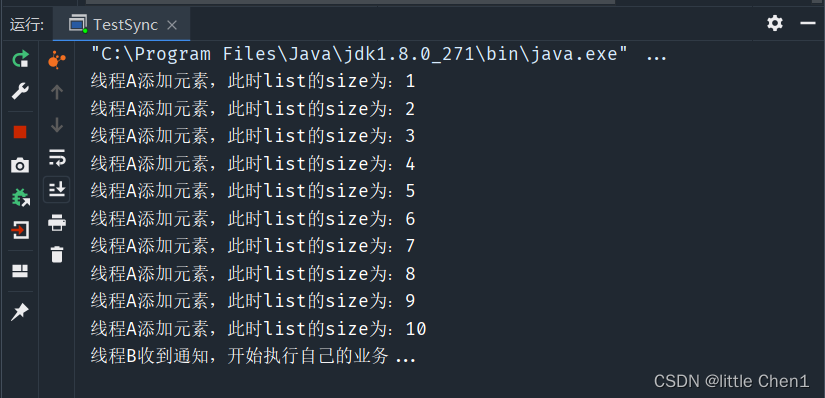
方法三:使用 volatile 关键字
基于 volatile 关键字来实现线程间相互通信是使用共享内存的思想,大致意思就是多个线程同时监听一个变量,当这个变量发生变化的时候 ,线程能够感知并执行相应的业务。这也是最简单的一种实现方式
public class TestSync {
//定义共享变量来实现通信,它需要volatile修饰,否则线程不能及时感知
static volatile boolean notice = false;
public static void main(String[] args) {
List<String> list = new ArrayList<>();
//线程A
Thread threadA = new Thread(() -> {
for (int i = 1; i <= 10; i++) {
list.add("abc");
System.out.println("线程A添加元素,此时list的size为:" + list.size());
try {
Thread.sleep(500);
} catch (InterruptedException e) {
e.printStackTrace();
}
if (list.size() == 5)
notice = true;
}
});
//线程B
Thread threadB = new Thread(() -> {
while (true) {
if (notice) {
System.out.println("线程B收到通知,开始执行自己的业务...");
break;
}
}
});
//需要先启动线程B
threadB.start();
try {
Thread.sleep(1000);
} catch (InterruptedException e) {
e.printStackTrace();
}
// 再启动线程A
threadA.start();
}
}
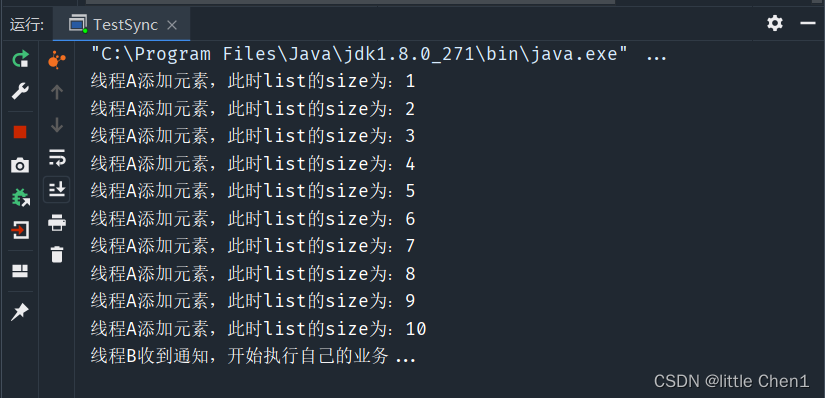
方法四:基本 LockSupport 实现线程间的阻塞和唤醒
LockSupport 是一种非常灵活的实现线程间阻塞和唤醒的工具。
使用它不用关注是等待线程先进行还是唤醒线程先运行,但是得知道线程的名字。
public class TestSync {
public static void main(String[] args) {
List<String> list = new ArrayList<>();
//线程B
final Thread threadB = new Thread(() -> {
if (list.size() != 5) {
LockSupport.park();
}
System.out.println("线程B收到通知,开始执行自己的业务...");
});
//线程A
Thread threadA = new Thread(() -> {
for (int i = 1; i <= 10; i++) {
list.add("abc");
System.out.println("线程A添加元素,此时list的size为:" + list.size());
try {
Thread.sleep(500);
} catch (InterruptedException e) {
e.printStackTrace();
}
if (list.size() == 5)
LockSupport.unpark(threadB);
}
});
threadA.start();
threadB.start();
}
}
方法五:使用JUC工具类 CountDownLatch
jdk1.5之后在java.util.concurrent包下提供了很多并发编程相关的工具类,简化了我们的并发编程代码的书写,CountDownLatch基于AQS框架,相当于也是维护了一个线程间共享变量state
public class TestSync {
public static void main(String[] args) {
CountDownLatch countDownLatch = new CountDownLatch(1);
List<String> list = new ArrayList<>();
// 实现线程A
Thread threadA = new Thread(() -> {
for (int i = 1; i <= 10; i++) {
list.add("abc");
System.out.println("线程A向list中添加一个元素,此时list中的元素个数为:" + list.size());
try {
Thread.sleep(500);
} catch (InterruptedException e) {
e.printStackTrace();
}
if (list.size() == 5)
countDownLatch.countDown();
}
});
// 实现线程B
Thread threadB = new Thread(() -> {
while (true) {
if (list.size() != 5) {
try {
countDownLatch.await();
} catch (InterruptedException e) {
e.printStackTrace();
}
}
System.out.println("线程B收到通知,开始执行自己的业务...");
break;
}
});
// 需要先启动线程B
threadB.start();
try {
Thread.sleep(1000);
} catch (InterruptedException e) {
e.printStackTrace();
}
// 再启动线程A
threadA.start();
}
}

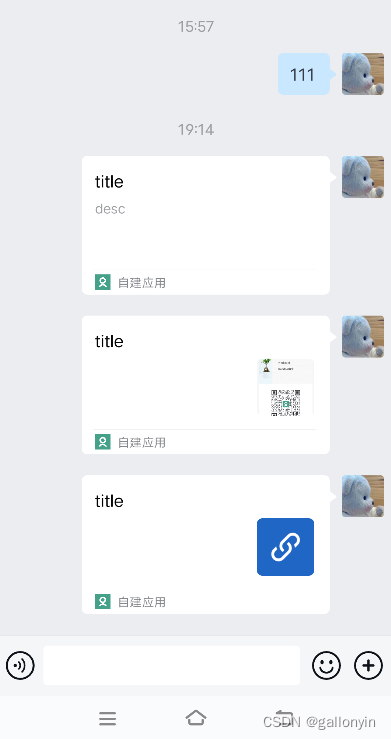
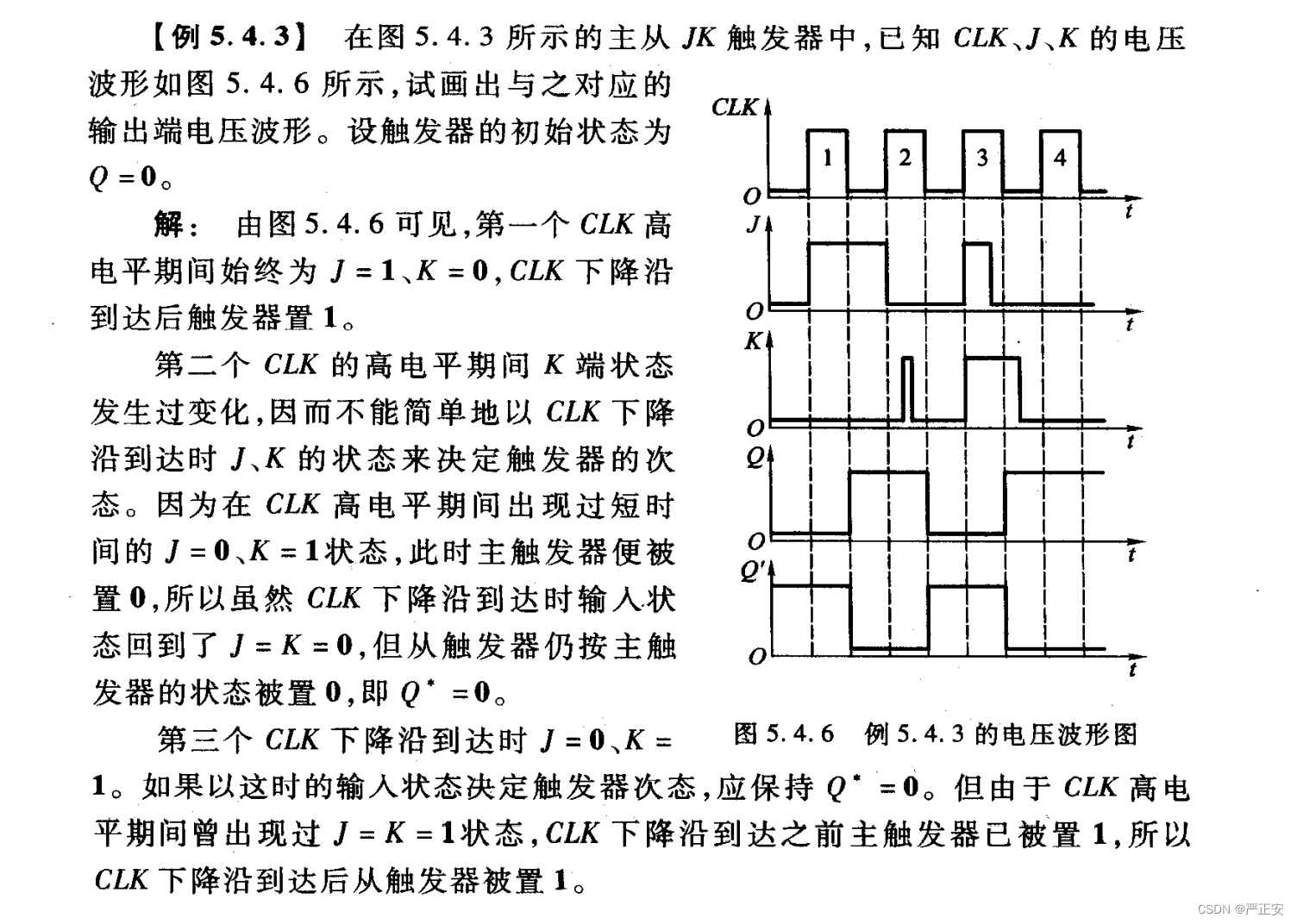

![[附源码]计算机毕业设计网上电影购票系统Springboot程序](https://img-blog.csdnimg.cn/2c1fbba2771d4ba3b949d6385bd10eaa.png)
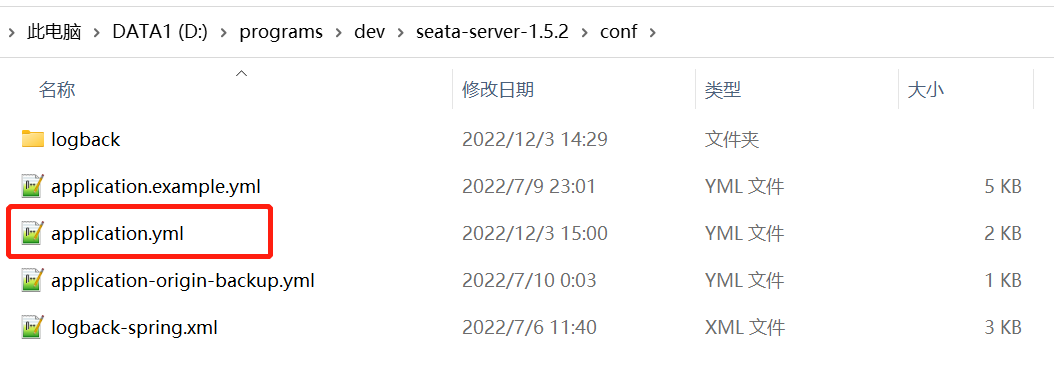

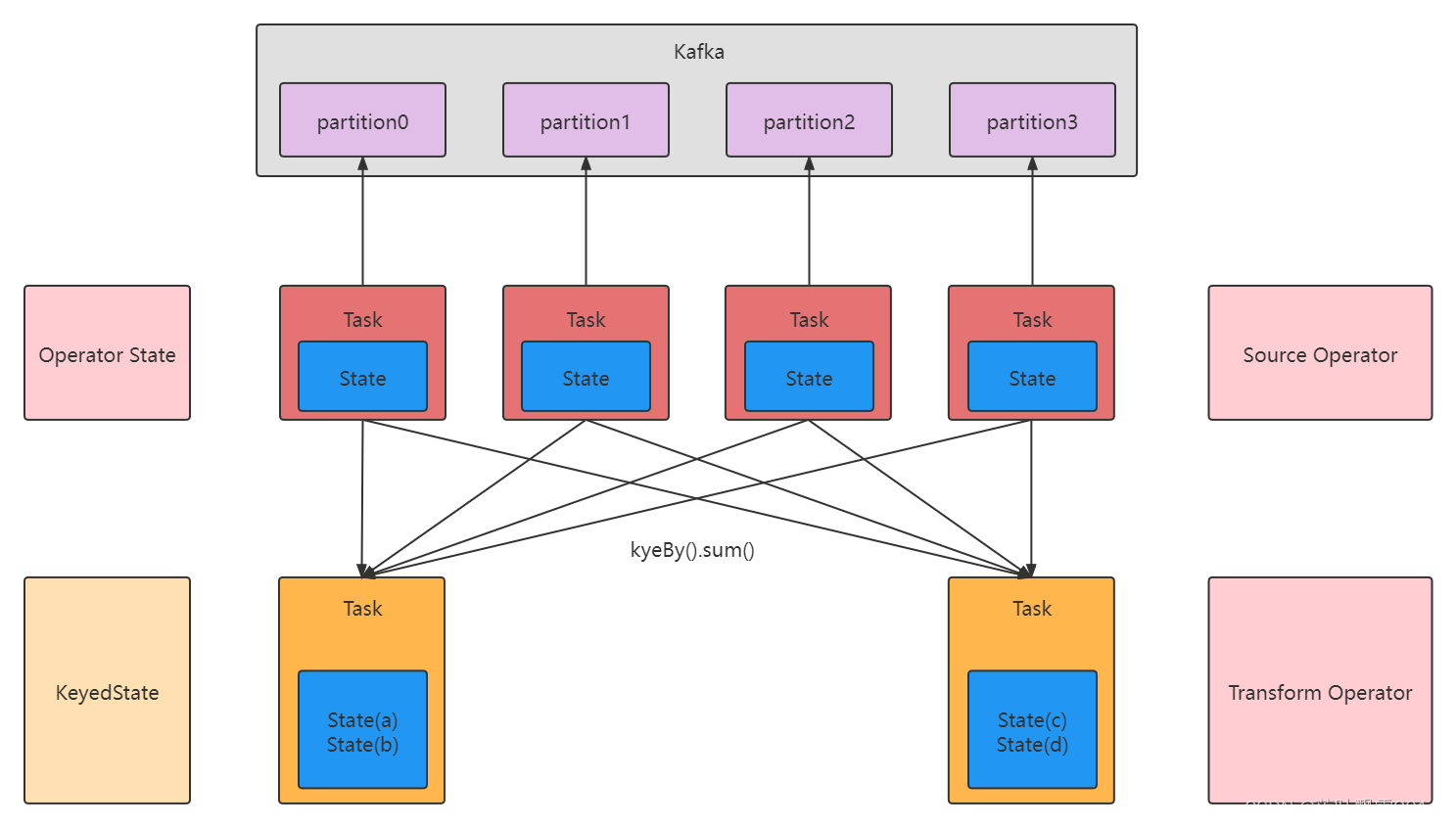
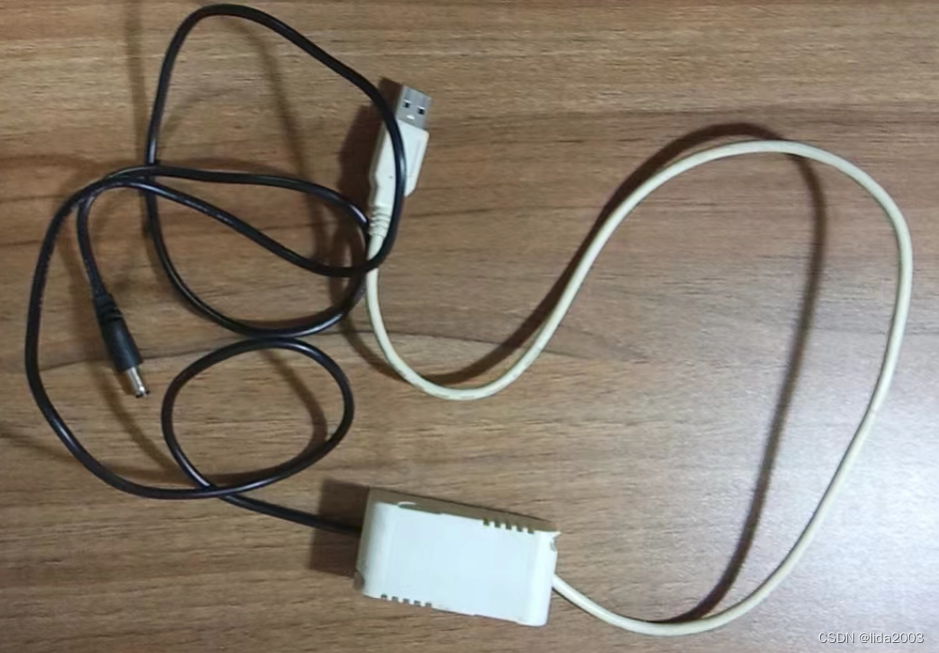
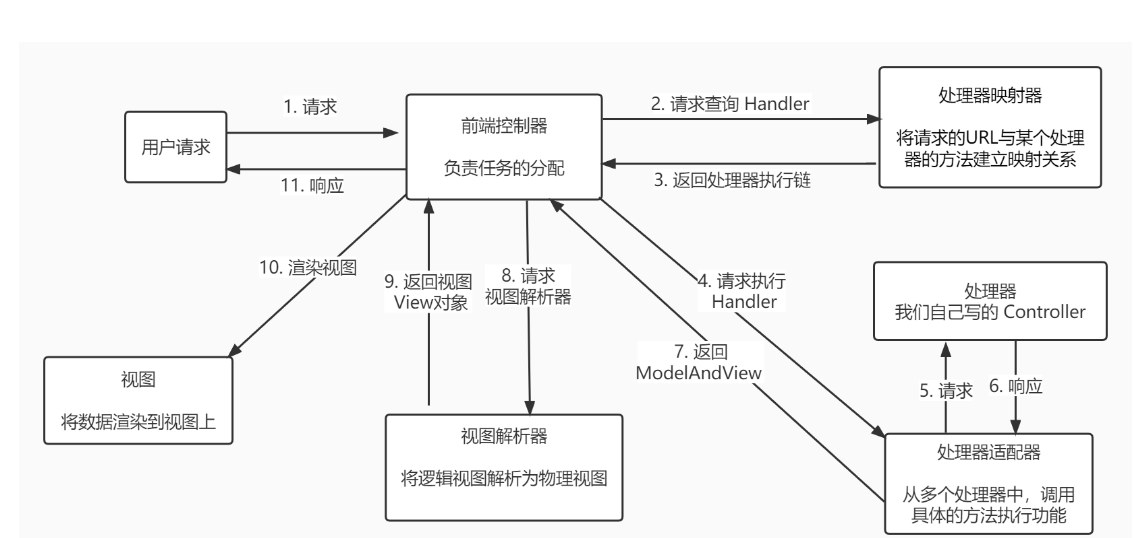

![[附源码]计算机毕业设计JAVA医院门诊信息管理系统](https://img-blog.csdnimg.cn/65e4336648804aed8122d7f01173bc46.png)

![[LeetCode解题报告] 1610. 可见点的最大数目](https://assets.leetcode-cn.com/aliyun-lc-upload/uploads/2020/10/04/5010bfd3-86e6-465f-ac64-e9df941d2e49.png)




